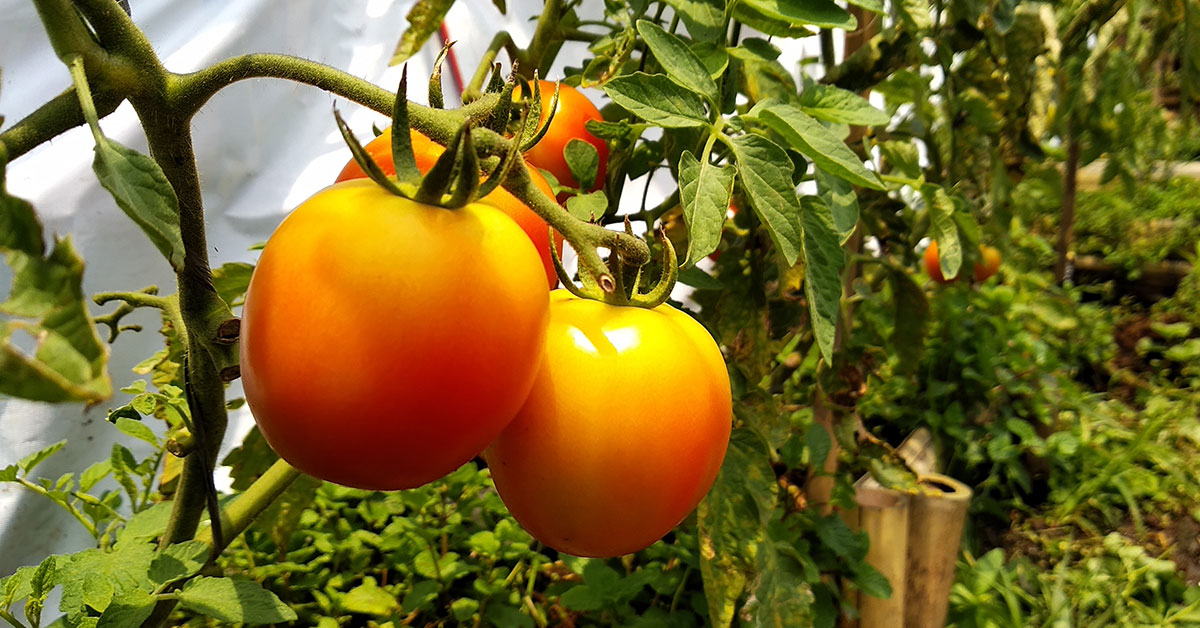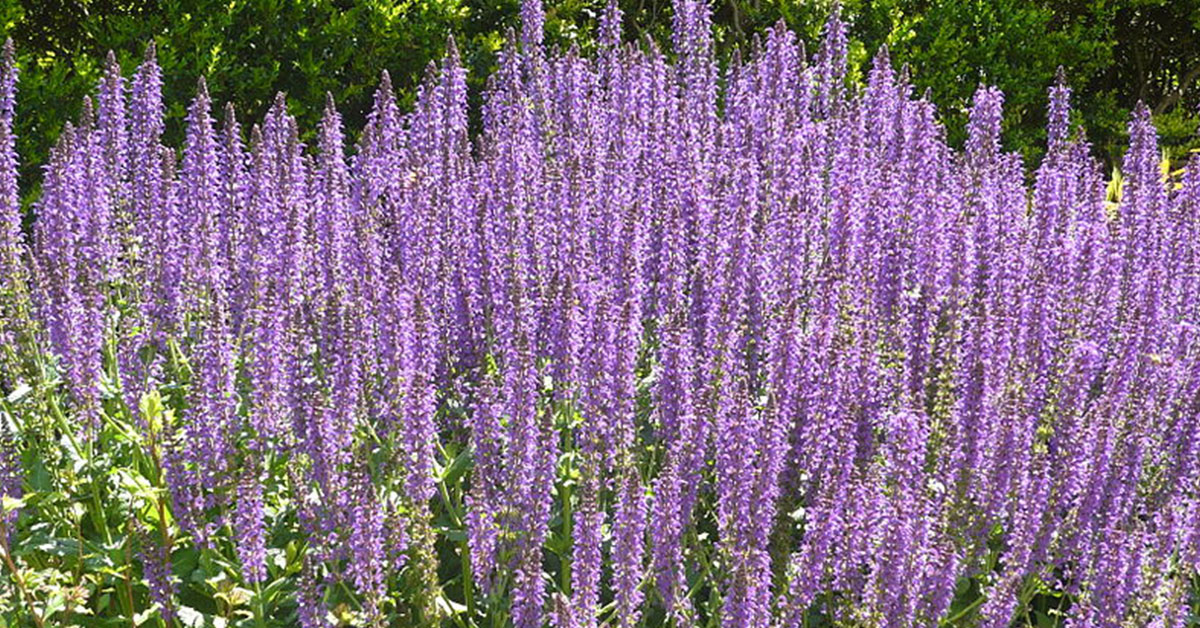Companion planting is a popular gardening practice that involves planting different crops together to improve growth, repel pests, and maximize space. While it offers numerous benefits, there are also many myths and misconceptions surrounding it. Understanding the truth behind these myths can help you make more informed decisions and achieve better results in your garden.
In this article, I’ll debunk twelve common myths about companion planting, providing clarity and insight. Whether you’re a seasoned gardener or a beginner, this guide will help you navigate the world of companion planting with confidence. Let’s uncover the truth and enhance your gardening experience!
Myth: Marigolds Repel All Garden Pests
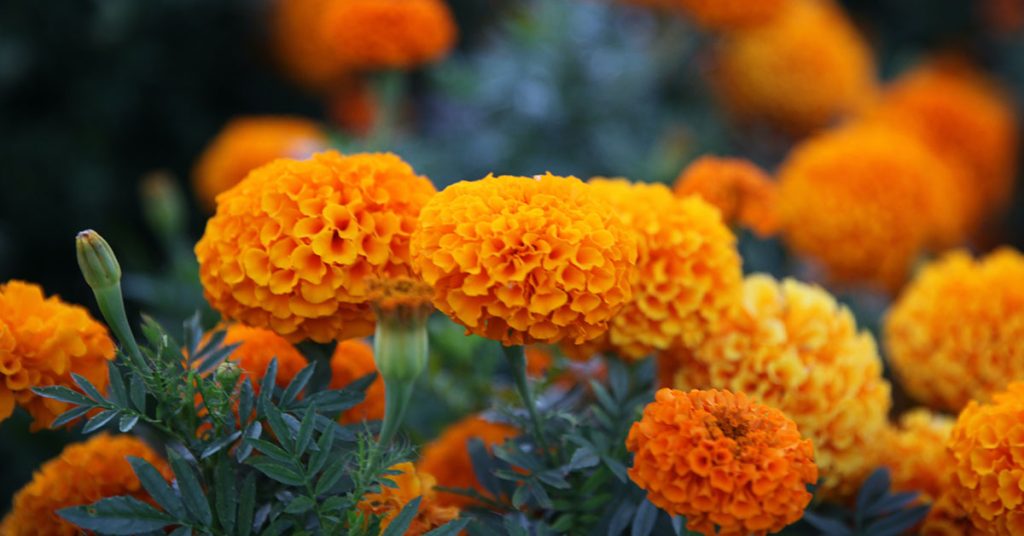
One of the most common myths about companion planting is that marigolds repel all garden pests. While it’s true that marigolds can deter certain pests, such as nematodes and some beetles, they are not a universal pest repellent. Some pests, like spider mites and slugs, are unaffected by marigolds and can still damage your garden.
I love planting marigolds for their bright color and pest-repelling properties, but it’s important to remember their limitations. To effectively manage pests, it’s best to use a combination of methods, including crop rotation, beneficial insects, and other companion plants. Marigolds are a helpful tool, but they are not a cure-all for garden pests.
Myth: All Companion Planting Combinations Are Proven
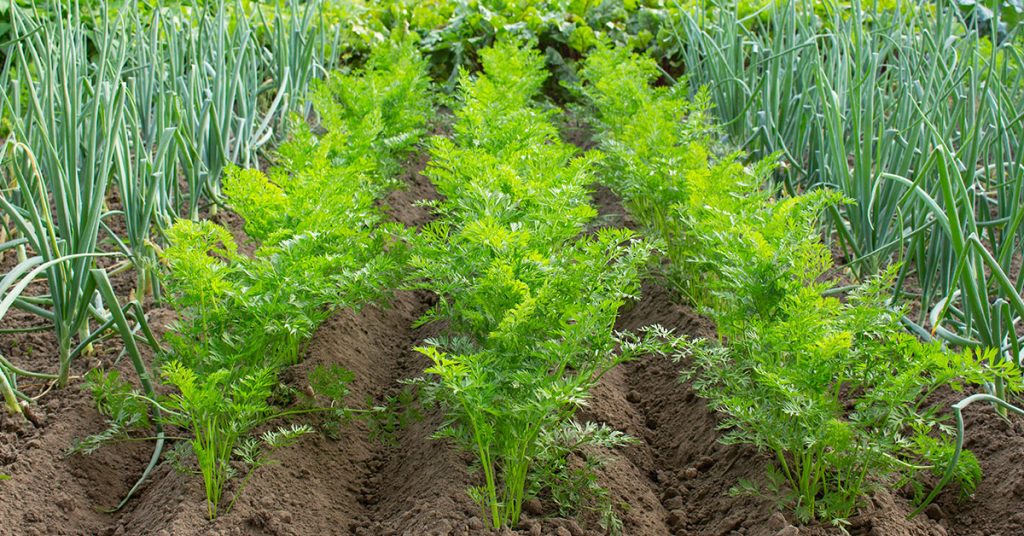
Another myth is that all suggested companion planting combinations are scientifically proven to work. While many combinations are based on traditional knowledge and experience, not all have been rigorously tested. Some pairings may work well in certain climates or soil types but not in others.
I’ve experimented with various companion planting combinations in my garden and found mixed results. It’s essential to research and test different pairings to see what works best in your specific conditions. Keeping a garden journal can help track the success of different combinations and make adjustments as needed.
Myth: Companion Planting Eliminates the Need for Fertilizer
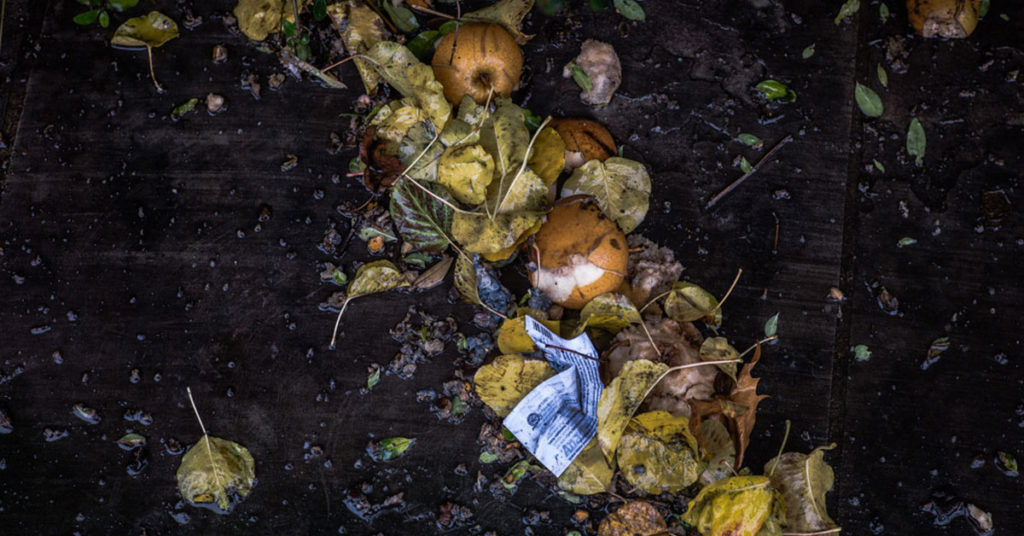
Some gardeners believe that companion planting can entirely replace the need for fertilizers. While certain plants, like legumes, can improve soil nitrogen levels, companion planting alone is usually not enough to meet all nutritional needs. Most plants still require additional nutrients to thrive.
I enjoy using companion planting to enhance soil health, but I also supplement with organic fertilizers. This combination ensures that my plants receive a balanced diet and grow strong and healthy. It’s crucial to understand that companion planting can improve soil fertility, but it doesn’t eliminate the need for regular feeding.
Myth: Companion Planting Prevents All Diseases
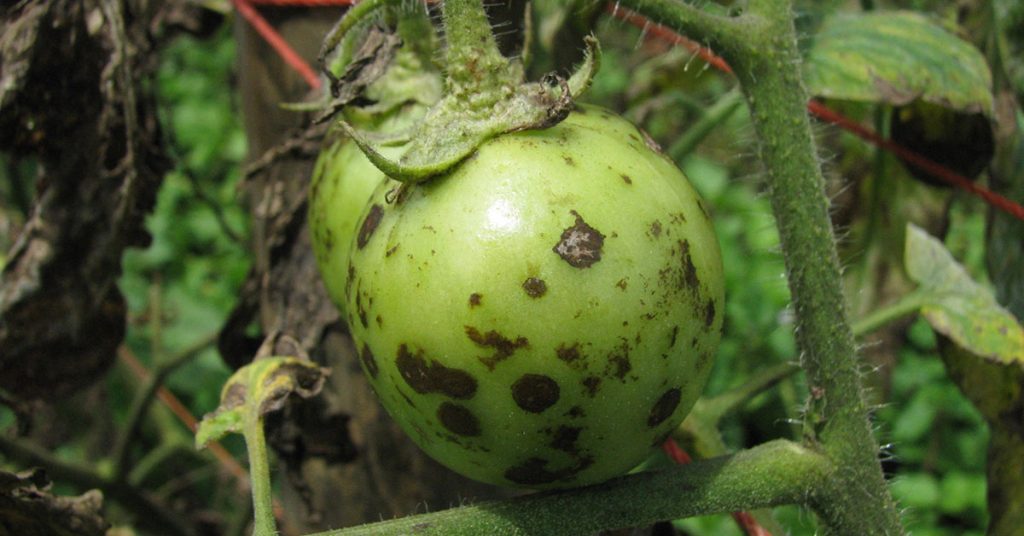
Another misconception is that companion planting can prevent all plant diseases. While some companion plants can reduce the risk of certain diseases, they are not a foolproof solution. Factors like weather, soil health, and plant variety also play significant roles in disease prevention.
In my experience, companion planting is just one part of a broader disease management strategy. I also focus on proper spacing, crop rotation, and selecting disease-resistant plant varieties. Companion planting can help reduce disease incidence, but it should be used in conjunction with other practices for the best results.
Myth: You Can Plant Anything Together
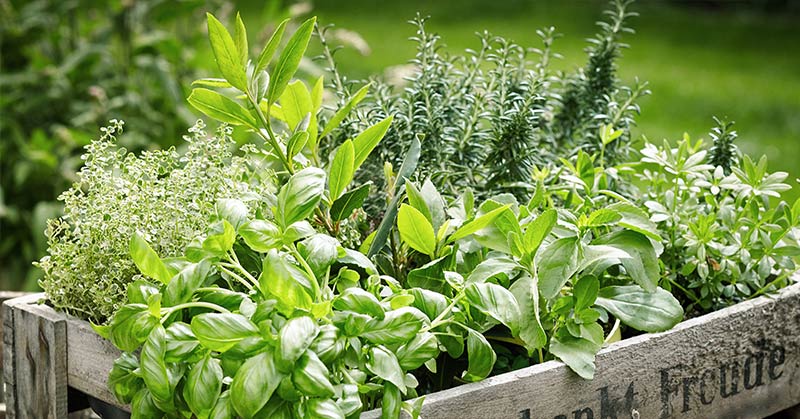
A common myth is that you can plant any combination of plants together, and they will benefit each other. In reality, some plants compete for resources or attract the same pests, leading to poor growth or increased pest problems. It’s important to choose companion plants carefully based on their compatibility.
I’ve learned the hard way that not all plants make good neighbors. For example, planting onions near beans can inhibit bean growth due to competition for nutrients. Researching and understanding the specific needs and characteristics of your plants can help you make better companion planting choices and avoid common pitfalls.
Myth: Companion Planting Works Instantly

Many gardeners expect immediate results from companion planting, but it often takes time to see the benefits. Factors like plant maturity, environmental conditions, and pest populations can influence the effectiveness of companion planting. Patience and observation are key to understanding how well your chosen combinations work.
I’ve found that companion planting requires a bit of patience and trial and error. Some benefits, like improved soil health or pest reduction, may not be apparent until the next growing season. Keeping a close eye on your garden and being willing to make adjustments can help you achieve the best results over time.
Myth: All Pests Can Be Controlled by Companion Plants
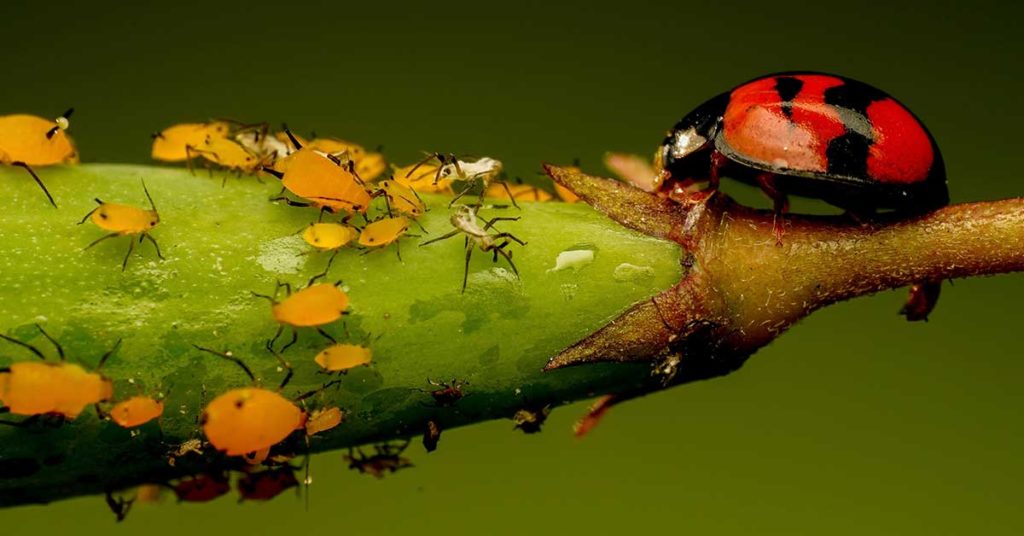
While companion planting can help deter certain pests, it’s unrealistic to expect it to control all garden pests. Some pests are highly adaptable and may not be deterred by companion plants alone. Integrated pest management, combining multiple strategies, is often necessary for effective pest control.
In my garden, I use companion planting as part of a broader pest management plan. I also encourage beneficial insects, use physical barriers, and occasionally apply organic pesticides. Companion planting is a valuable tool, but it’s most effective when used alongside other pest control methods.
Myth: Companion Planting Requires No Maintenance

Another myth is that companion planting requires no maintenance. While it can reduce some gardening tasks, like pest control, it still requires regular care. Proper watering, pruning, and monitoring for signs of stress or disease are essential to ensure the success of your companion plants.
I enjoy the benefits of companion planting, but I also know that it’s not a set-it-and-forget-it approach. Regular garden maintenance helps keep all my plants healthy and productive. Companion planting can simplify some aspects of gardening, but it doesn’t eliminate the need for attentive care and management.
Myth: Shade Plants Can’t Be Companion Plants

Some gardeners believe that shade-loving plants can’t be used in companion planting, but this isn’t true. Many shade plants, like hostas and ferns, can provide ground cover, reduce soil erosion, and create a more diverse garden ecosystem. They can be excellent companions for taller, sun-loving plants.
I love using shade plants to fill in the gaps in my garden and create a lush, layered look. They can help conserve soil moisture and provide habitat for beneficial insects. Integrating shade plants into your companion planting scheme can enhance your garden’s health and beauty, even in low-light areas.
Myth: Companion Planting Is Only for Organic Gardens
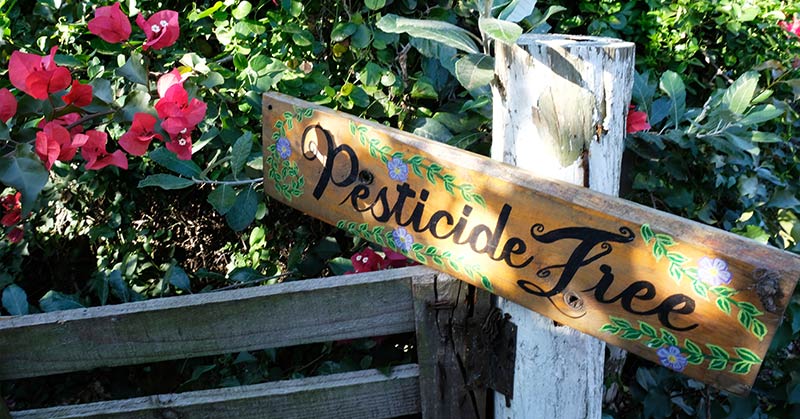
While companion planting is popular in organic gardening, it’s beneficial for all types of gardens. Conventional gardeners can also use companion planting to improve plant health, reduce pest problems, and enhance biodiversity. It’s a versatile practice that complements any gardening approach.
I’ve found that companion planting enhances the overall resilience of my garden, regardless of whether I’m using organic or conventional methods. It’s a flexible strategy that can be tailored to meet the specific needs of your garden. Don’t limit yourself—companion planting can benefit any garden style.
Myth: You Need a Lot of Space for Companion Planting

Some believe that companion planting requires a large garden, but it can be practiced in small spaces too. Container gardens, raised beds, and small urban plots can all benefit from companion planting techniques. It’s about choosing the right plants and maximizing your available space effectively.
I have a small garden, and companion planting has been a game-changer for me. By carefully selecting plants that work well together, I’ve created a productive and beautiful garden in a limited area. Companion planting can be adapted to any garden size, helping you make the most of your space.
Myth: Companion Planting Is Too Complicated

Many gardeners shy away from companion planting, thinking it’s too complicated. While there’s a learning curve, it’s not as difficult as it seems. Starting with a few well-known companion plants and gradually expanding your knowledge can make the process manageable and enjoyable.
I started small with companion planting and quickly saw the benefits. It’s become an enjoyable aspect of my gardening routine. By taking it one step at a time and learning from your experiences, you’ll find that companion planting is a rewarding and practical way to enhance your garden’s health and productivity.
